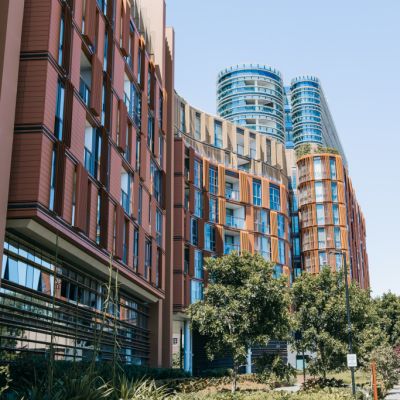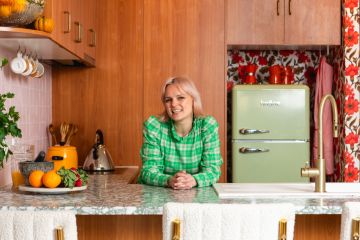Australian homes hit $11 trillion in value for the first time
Australian houses have hit a combined total value of $11 trillion for the first time.
The colossal benchmark was reached at the end of last month in spite of an overall slowdown in the rate of price growth.
Values ballooned by $900 million over the past 12 months to hit the staggering sum. The epicentre of property activity has moved from traditional headline markets of Sydney and Melbourne, to Perth and Adelaide, which now rule supreme.
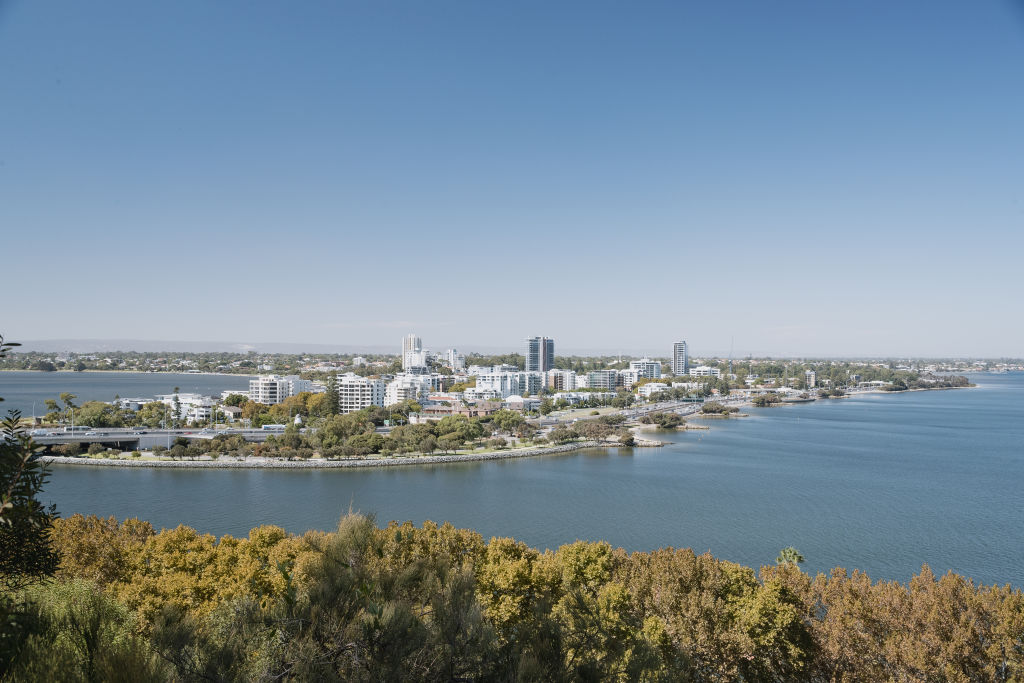
However, national home values increased by just 1 per cent in the three months to September, the fresh Corelogic figures show.
This was gentlest the quarterly rise since March last year. However, flashpoints in capital cities – CoreLogic’s October Monthly Housing Chart shows – point to heat still in some markets.
Perth clocked the steepest annual price growth of any city, at 24.1 per cent. It also had the highest monthly and quarterly spike. This puts Perth home values at a record high, along with Sydney, Brisbane and Adelaide.
The South Australian capital leapfrogged Brisbane to tank as the nation’s second strongest market with 14.8 per cent annual growth, trailing only Perth.
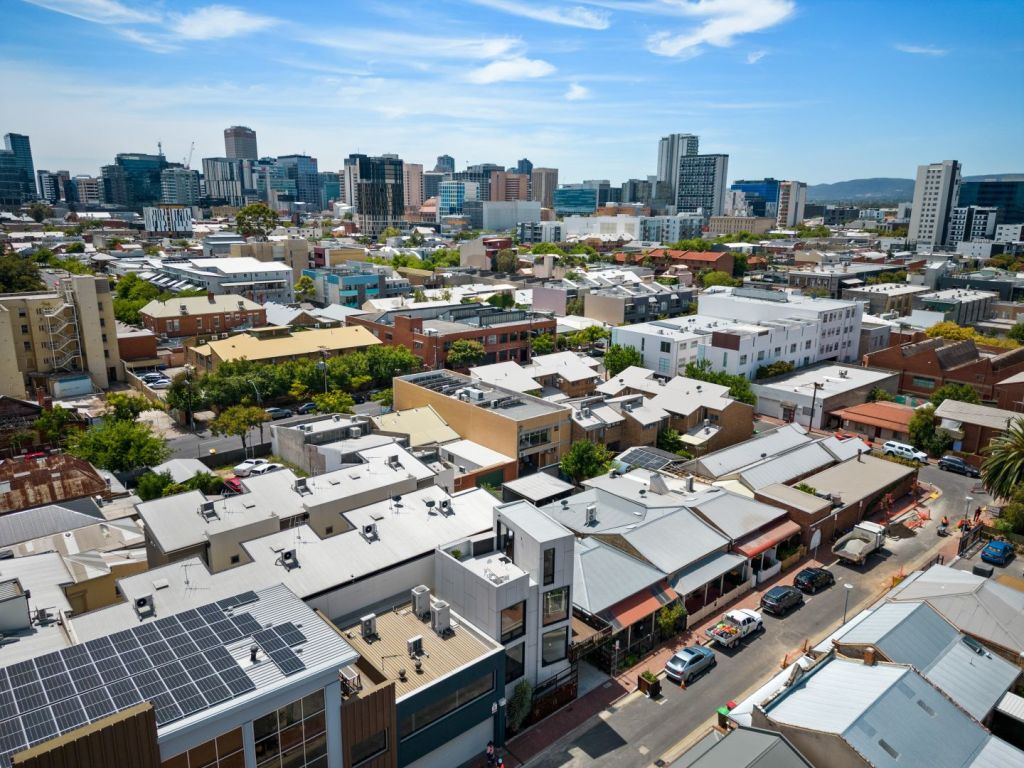
The deceleration in price can be connected to weaker buyer sentiment and a boost in listings, CoreLogic Australia economist Kaytlin Ezzy said in a statement.
“The year-on-year increase in new listing volumes will have contributed to a deceleration in value growth as the market absorbs the additional stock,” she said.
The capping of borrowing capacity and the holding pattern of mortgage rates have not dampened buyer desire. Corelogic found sales activity is 10.5 per cent higher than at the same time last year.
“The higher rate of sales indicates there’s still solid buyer demand despite changing market conditions,” Ezzy said.
“As we move through spring, we’re likely to see further moderation in value growth as new listings continue to rise, providing some relief for buyers who have faced intense competition over the past year.”
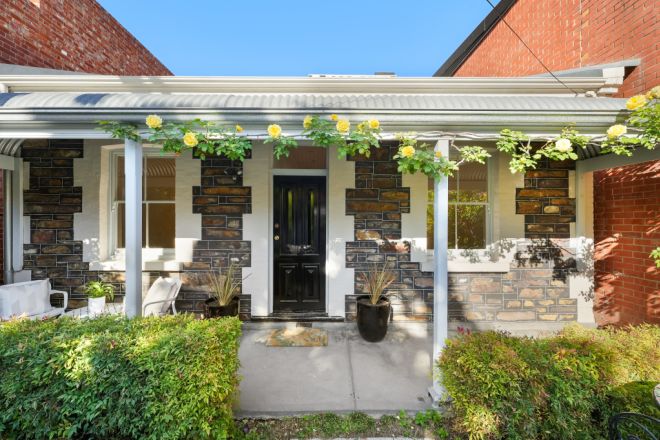
With tendrils of roses on the verandah, this elegant 1800’s cottage has been faithfully restored and has three courtyards – front, back and side.
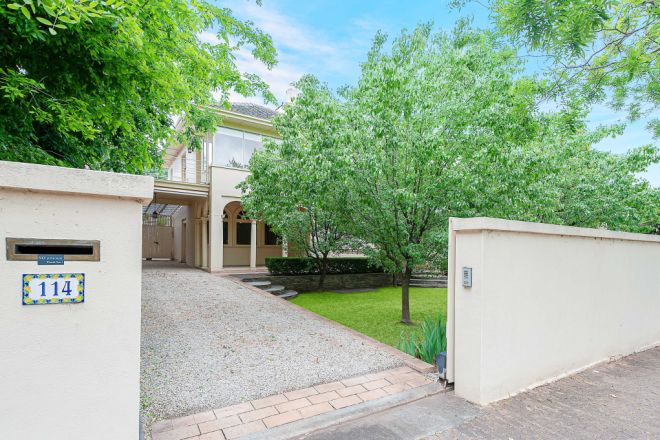
“Could this be the last residential development opportunity on East Terrace?” the listing ponders. The huge park-front plot offers scope.

The 1890’s terrace has a stack of character, including a rub-carpeted, original staircase and french doors to the balcony from the upstairs bedroom.
We recommend
We thought you might like
States
Capital Cities
Capital Cities - Rentals
Popular Areas
Allhomes
More
